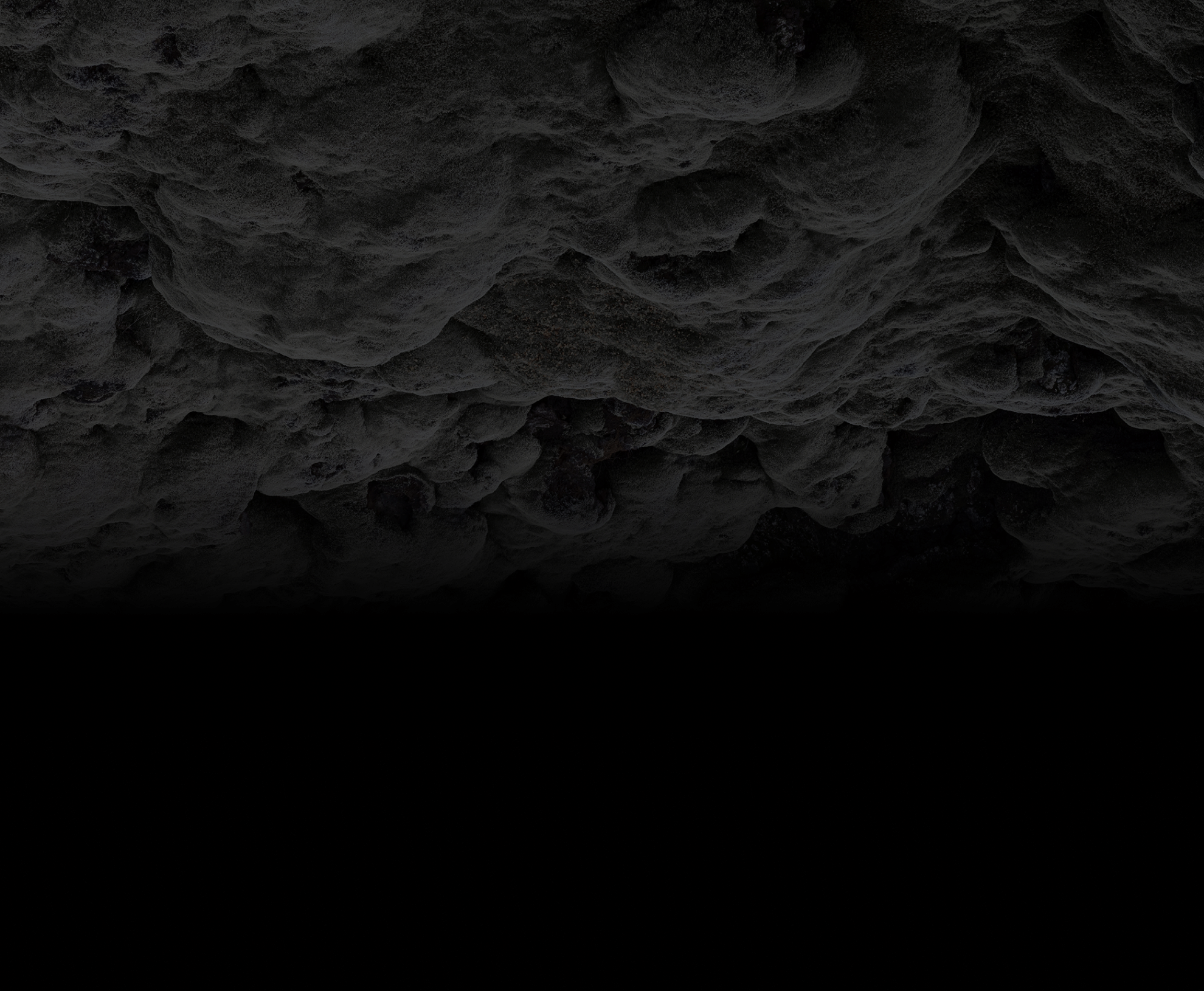
The
Virus Plus⁺
Lab
At the intersection of viruses, animals &
real world challenges
Scroll down to learn more
A world shaped
by viruses
Among the teeming diversity of life on the planet, exist microscopic entities that have profoundly shaped the course of evolution – viruses. These tiny agents, neither alive or dead, have long challenged biological concepts of what ‘life’ is. Viruses are too small to be discerned by the naked eye, yet are ubiquitous in their presence, influencing every ecosystem, from the ocean's depths to the mountain's peaks to our bodies.
If there is life, there are viruses.
The big questions
and how we are answering them…
How do viruses and other pathogens emerge in animals?
Pathogens that act as a source for human pandemics typically start in wild animals that experience few, if any, clinical symptoms. Understanding the “tipping point” for animal diseases that become outbreaks is an important question that needs an ecological approach. Viruses do not evolve in a vacuum independently of other microbes. To address this our lab, led by Dr. Nichola Hill, works on characterizing the collection of viruses and microbes that occur together in wild animals using metagenomic tools. We are using metagenomic sequencing combined with machine learning to understand how microbes constrain or enhance the pathogenicity of viruses, and identify the conditions that influence viral emergence of viruses in wildlife that are common in human landscapes such as birds, bats and rats.
How do viruses cross species barriers and cause outbreaks?
We study how infectious diseases jump, hop, and spillover from animals into novel hosts. These events are occurring at an unprecedented pace due to human activity. Humans exert strong selective pressures on other species, creating new niches for pathogens to emerge and spread. Our lab studies fast-evolving pathogens focusing on viruses because they offer a model system for understanding the natural and anthropogenic drivers of disease emergence and spillover.

How dynamic is host immunity in space and time?
Immunity is not a static trait but is highly dynamic in space and time. Migratory animals provide a rich opportunity for elucidating trade-offs between immune function and energy expenditure caused by changes in life history. Our work on the influenza A virus has shown that antibodies in wild birds accumulate with every migration cycle, resulting in an antibody repertoire that expands over time. However, short-term antibody declines occur when disease risk is low and energetic demands are high. We are investigating how the immune landscape changes in response to life history, human pressures on the environment, and the emergence of novel strains with minimal cross-reactive immunity. The extent to which immunity in reservoir hosts contributes to pathogen evolution is an important open question with implications for both animal and human health.
Does domestication and trade of animals give rise to pathogens?
Microbes that we call “pathogens” usually arise in the context of animal domestication or monocultures. In contrast, microbes that originate in wild animals rarely produce disease in their reservoir host. A prominent example is highly pathogenic avian influenza (HPAI), for which virulent strains evolve in poultry without going extinct due to the high density and turnover of birds. The domestication process varies from country to country depending on geography, natural resources, local agricultural practices, and wildlife ecology. Our lab studies the evolution of pathogenicity at the wild-domestic interface and seeks to understand what molecular, organismal, and ecological factors lead to virulence. This research occurs in partnership with collaborators in Bangladesh, Egypt, and Zambia, where we study the evolutionary pressures that increase disease risk along the food supply chain from subsistence farms to commercial markets.
How is disease distribution changing due to the climate crisis?
High-latitude ecosystems are expected to be increasingly disrupted by the climate crisis, with consequences for altering disease risk at the global scale. Our lab studies host-pathogen dynamics in the Arctic and sub-Arctic, focusing on Alaska and Iceland to identify the evolutionary processes that shape viral fitness and how this changes over time. We recently uncovered how morbilliviruses (such as Phocine Distemper Virus) have shifted to endemic circulation in seal populations that are rebounding from hunting pressure and are increasingly connected in the high Arctic. We also study source-sink dynamics of the influenza A virus at high latitudes between North America and Eurasia and how rising sea surface temperatures have a differential impact on the host ecology of wild birds and, consequently, disease epidemics.
The Virus Plus Lab is Dr. Nichola Hill Research Group Laboratory at UMass Boston
















